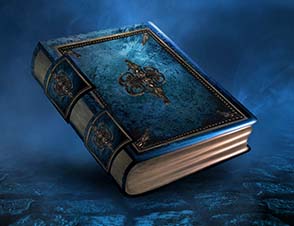Digging into Post-Darksteel Cemetery
The buzz is in the air, the slow building excitement of a new Type 2 ready to be explored and exploited in the months leading up to Regionals. How will Darksteel shake up the metagame? Will any of the anointed Tier 1 decks stumble and fall? Will any Tier 2 or completely new archetype rise up to take their place? Will there be any secret tech that flies under the radar long enough to surprise and conquer like Ralphie Treatment or Turbo-Haups in years past?


